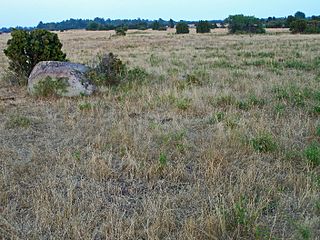 W
WSven Åderman was a Swedish inventor and officer who created a musket capable of firing more rapidly than other conventional weaponry of the late 17th century. This musket was first used in the Great Northern War. For his efforts King Frederick I of Sweden bestowed upon him the estate of Halltorp in the year 1723. At this time Åderman was a major. Halltorp had been a royal hunting farm belonging to the Swedish Crown for centuries.
 W
WCount Georg Adlersparre was a Swedish army commander, politician and writer.
 W
WJacob Johan Anckarström the Elder was a Swedish nobleman and colonel of the Anckarström family. He was a knight of the Order of the Sword and the Order of Vasa and the father of the regicide Jacob Johan Anckarström.
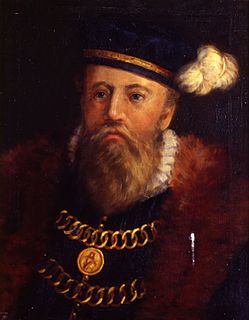 W
WJakob Tordsson Bagge was a Norwegian born, Swedish admiral and nobleman.
 W
WCarl Natanael Rexroth-Berg was a Swedish composer.
 W
WJohan Bergenstråhle was a Swedish military officer who participated in Russo-Swedish War (1788-1790), and the Finnish War. In June 1808 he was sent as a colonel of the Swedish Army, with 1,000 men and four cannon to Vasa in order to retake the city from the Russians. The expedition failed; Bergenstråhle was wounded and captured on June 25.
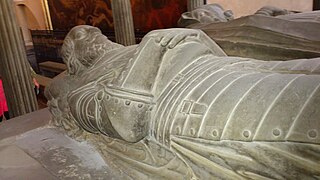 W
WJesper Mattson Cruus af Edeby (1576–1622) was a Swedish soldier and politician, being appointed Privy Councilor in 1612, Field Marshal in 1615, Lord High Treasurer in 1615, and Governor of Riga in 1621. In the Kalmar War (1611–1613) he led the Swedish troops to victory against the Danish forces, led by King Christian IV of Denmark, at the Battle of Kölleryd, on 21 February 1612. In 1622 he died in Riga after being wounded in a dispute with a local clergyman.
 W
WCharles the Deaf from the House of Bjelbo (Folkungaätten) was the jarl of Sweden during 1216–1220.
 W
WCount Gustaf Otto Douglas was a Swedish mercenary of Scottish descent, grandson of Robert Douglas, Count of Skenninge. He was captured by the Russian army in the Battle of Poltava during the rout of the Swedish troops and was eventually employed by Peter the Great during the Great Northern War. In 1717, Douglas was appointed General Governor of Finland and ensured the stability of the local administration. However, his repressive policy in the region made him extremely unpopular and feared among the Finnish population. As the General Governor of an occupied province, Douglas deported thousands of civilians from Finland to Russia in order to put them to forced labour or military service and floated the idea of sending about 20,000 Finns to help with the construction of Saint Petersburg. His reign in a war-ravaged country was also overshadowed by epidemics of plague, which were often caused by troop movements and famines in the Europe of the eighteenth century.
 W
WBaron Fabian von Fersen was a Swedish general, freelord, field-marshal and governor general of Skåne, Halland and Blekinge. He served the Swedish Empire in multiple wars and received appointments Field Marshal, and then Governor General of the Scanian lands, which included the provinces of Skåne, Halland and Blekinge in 1676.
 W
WErik Hjalmar Frisell was a Swedish military officer and sports shooter who competed in the 1912 Summer Olympics. During the 1918 Finnish Civil War he was the commander of the voluntary Swedish Brigade.
 W
WBaron Simon Grundel-Helmfelt (1617–1677) was a Swedish field marshal and governor. Helmfelt is most notable for his overwhelming victory at the Battle of Lund despite being heavily outnumbered by Danish troops.
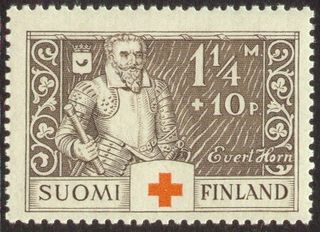 W
WEvert Karlsson Horn af Kanckas was a Swedish Field Marshall and Governor of Narva.
 W
WBaron Klas Kristersson Horn was a Finnish born, Swedish nobleman and Naval Admiral who fought for Sweden in the Northern Seven Years' War of 1563–1570.
 W
WCount Wilhelm Mauritz Klingspor was a Swedish noble military officer and one of the Lords of the Realm. He is probably best known from his time as field marshal of Finland during the Finnish War and for participating in the coup that dethroned Gustav IV of Sweden.
 W
WCount Otto Wilhelm Königsmarck was a Swedish military officer from Minden. He attained the rank of field marshal in 1676, commanded the Battle of Stralsund (1678), and became Governor General for Swedish Pomerania from 1679 to 1687. He was the son of Hans Christoff Königsmarck and the brother of Conrad Christoff Königsmarck. He was also the uncle of Aurora Königsmarck, Amalia Wilhelmina Königsmarck, Philip Christoph Königsmarck and Karl Johann von Königsmarck. Alongside Francesco Morosini, he led the Venetian conquest of the Morea in the early years of the Morean War, and died of the plague during the Siege of Negroponte (1688).
 W
WAdam Ludwig Lewenhaupt was a Swedish general, particularly known for his participation in the Great Northern War.
 W
WBaron Lorens von der Linde was a:Swedish Generalmajor since 1647 Swedish General since 1655 Swedish Field Marshal.
 W
WCount Carl Löwenhielm was a Swedish military officer, diplomat, and politician.
 W
WCount Johan August Meijerfeldt (1725-1800) was a Swedish field marshal. To distinguish him from his father, Johan August Meijerfeldt the Elder, he is generally referred to as Johan August Meijerfeldt the Younger.
 W
WCount Axel Otto Mörner was a Swedish artist and general.
 W
WCarl Otto Nordensvan was a Swedish general and military writer. He published 24 books dealing with aspects of Swedish military history and related topics. He additionally wrote many articles for the specialist periodical Krigsvetenskapsakademins tidskrift and the general periodical Nordisk familjebok, and was joint editor of Svensk militär tidskrift.
 W
WReinhold von Rosen was a Baltic nobleman fighting for Sweden and France. Reinhold was one of the great generals of the Thirty Years' War.
 W
WCount Johan August Sandels was a Swedish soldier and politician, being appointed Governor-general of Norway 1818 and Field Marshal in 1824. He also served as acting Over-Governor of Stockholm in 1815.
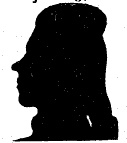 W
WNils Lorens Sjöberg was a Swedish officer and poet. He was the first holder of seat 18 at the Swedish Academy, from 1787 to 1822.
 W
WHarald Stake (1598-1677) was a Swedish military commander.
 W
WCount Gustaf Otto Stenbock was a Swedish soldier and politician.
 W
WCarl-Adam Nolcken Stjernswärd was a Swedish Army officer and horse rider. He competed in eventing at the 1936 Summer Olympics and placed 11th individually.
 W
WÅke Henriksson Tott (1598–1640) was a Finnish soldier and politician. His estates included Ekolsund in Sweden, Sjundeby in Finland, Polchow in Swedish Pomerania and Lihula in Swedish Livonia.
 W
WCount Otto Ottoson Vellingk was a Swedish general during the Great Northern War.
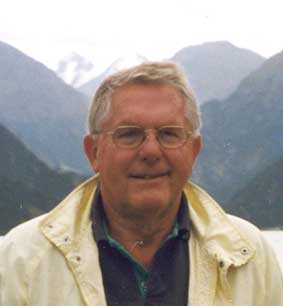 W
WBrigadier Karl Gustaf Börje Wallberg was a Swedish military officer and philatelist who was added to the Roll of Distinguished Philatelists in 1994.
 W
WCarl Henrik Wrangel, friherre Wrangel af Adinal was an officer of the Swedish Army, attaining the rank of Field Marshal.
 W
WHerman Wrangel was a Swedish military officer and politician of Baltic German extraction.